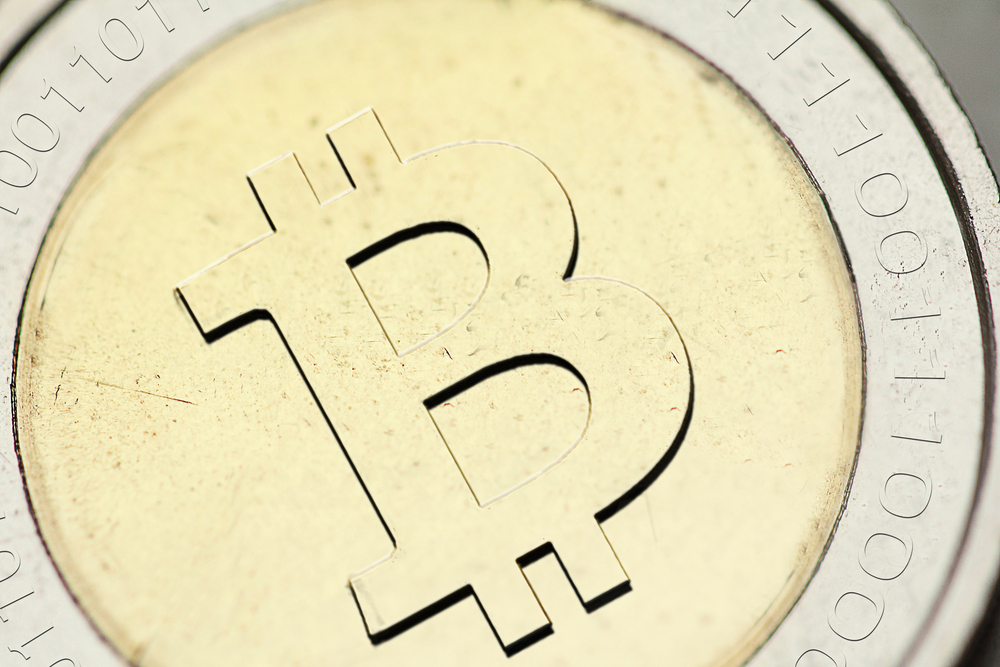SWIFT Institute Report Summary: Bitcoin Isn’t Going Anywhere Fast

What Will The Next Bitcoin Bull Run Actually Look Like? | Image from Shutterstock.
A new report from the SWIFT Institute has found that fiat currencies are more likely to crowd out digital currencies such as bitcoin.

The paper, Virtual Currencies: Media of Exchange or Speculative Asset? [PDF] analyses the dynamic relationship between virtual currencies, such as bitcoin, and fiat currencies. The research looked at whether or not the design and the size of virtual currencies could pose an immediate risk to monetary, financial or economic stability.
The paper found that fiat currencies are more likely to crowd out virtual currencies and that the design and size of virtual currencies deprive it of its intended use as a medium of exchange. It also found that the demand for virtual currencies by potential users increases its price which in turn attracts speculators who drive the price further up thus reducing the currency’s property as a medium of exchange with its main use of that as a speculative investment.
Other key findings in the paper reported that a third of bitcoins are held by investors, particularly those that only receive bitcoins, but don’t send to others. It seems that a minority of users utilize bitcoin as a medium of exchange suggesting that at present bitcoins are primarily held for investment purposes rather than for transactions.
The research stated that as the size of bitcoin investments and transactions are small compared to other assets there is no immediate risk or threat toward fiat monetary or financial stability.
What is the Attraction to Virtual Currencies?
Digital currencies such as bitcoin are increasing in our day-to-days lives. So much so, that more businesses are accepting the currency as a form of payment for goods and services thus attracting new users to it.

According to the report, potential users of virtual currencies may be attracted by its low transaction costs, its peer-to-peer, global and government-free design, and the possibility to buy illicit goods online. However, if there is no confidence in the system or the currency is too volatile, potential users may shy away from it.
The report said:
A very volatile price of the currency (exchange rate) does not enhance confidence and acceptability but will rather attract speculators and further increase price volatility.
Bitcoin as a Currency or an Investment
If on the other hand, bitcoin is utilized as a currency to pay for goods and services, then it will compete with fiat currencies such as the U.S. dollar or the British pound. This, in turn, will influence the value of the fiat currency and the monetary policies applied by a central bank.
If it’s used as an investment then it will compete against assets such as bonds, stocks, and commodities.
Of course, the report found that whether bitcoin is seen as a currency or an asset, the influence of the economy depends on how successful bitcoin is compared to existing currencies and assets.
Demand for Bitcoin in the Future
Unlike the U.S. dollar or the British pound, which are issued by a central bank, bitcoin is scarce by design as it has to be mined. Not only that, the future growth of bitcoin will continue to increase until 2040 where it will remain.

As such the demand for bitcoin and its value will have significant implications, which could potentially see deflationary effects. As a consequence, it is difficult to predict the value and use of bitcoin in the future.
The report states:
If the demand increased steadily, the demand would eventually become larger than the supply leading to rising prices of bitcoin and thus deflationary effects. These built-in deflationary effects make it more likely that bitcoins will be used as an investment than as a medium of exchange.
For now, however, it seems as though the influence of digital currencies is not enough to make much of an impact on fiat currencies and the existing financial systems in place.
Images from Shutterstock and Swift Institute.